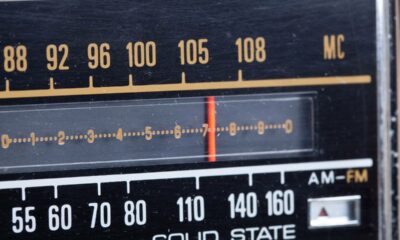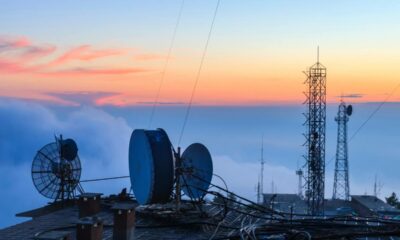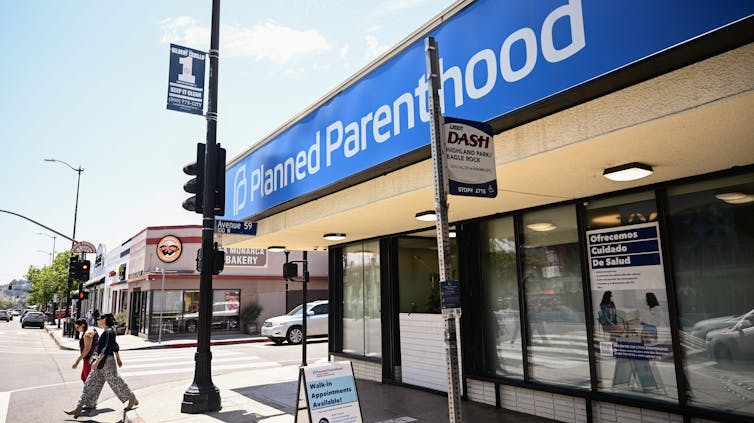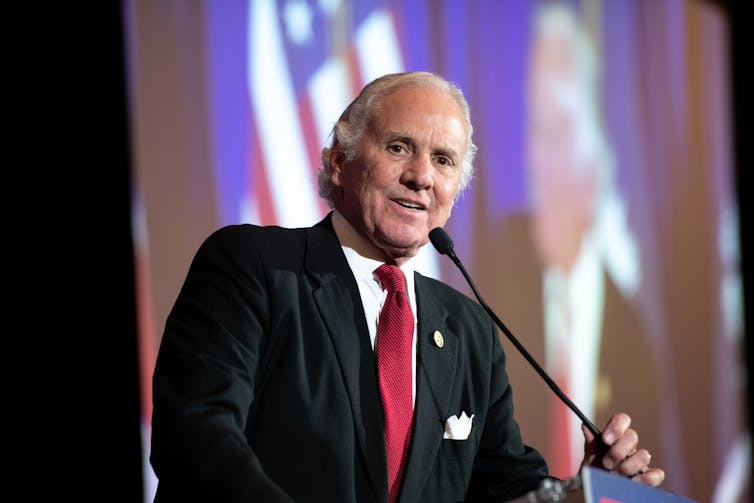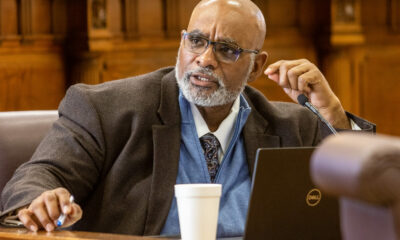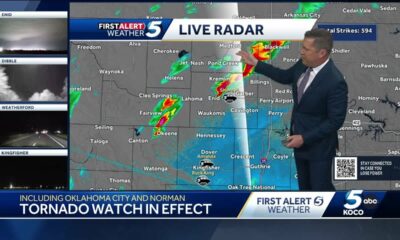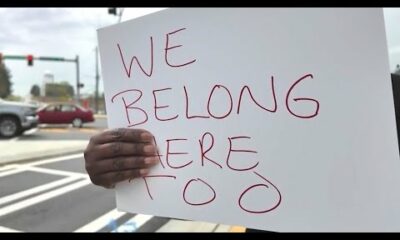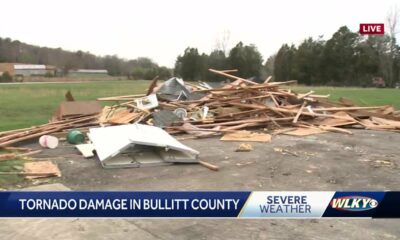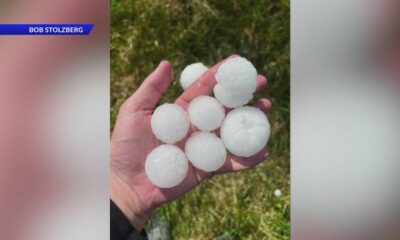
FotoDuets/iStock via Getty Images Plus
Over the past few years, experts have been sounding the alarm over how much time Americans spend alone.
Statistics show that we’re choosing to be solitary for more of our waking hours than ever before, tucked away at home rather than mingling in public. Increasing numbers of us are dining alone and traveling solo, and rates of living alone have nearly doubled in the past 50 years.
These trends coincided with the surgeon general’s 2023 declaration of a loneliness epidemic, leading to recent claims that the U.S. is living in an “anti-social century.”
Loneliness and isolation are indeed social problems that warrant serious attention, especially since chronic states of loneliness are linked with poor outcomes such as depression and a shortened lifespan.
But there is another side to this story, one that deserves a closer look. For some people, the shift toward aloneness represents a desire for what researchers call “positive solitude,” a state that is associated with well-being, not loneliness.
As a psychologist, I’ve spent the past decade researching why people like to be alone – and spending a fair amount of time there myself – so I’m deeply familiar with the joys of solitude. My findings join a host of others that have documented a long list of benefits gained when we choose to spend time by ourselves, ranging from opportunities to recharge our batteries and experience personal growth to making time to connect with our emotions and our creativity.

So it makes sense to me why people live alone as soon as their financial circumstances allow, and when asked why they prefer to dine solo, people say simply, “I want more me time.”
It’s also why I’m not surprised that a 2024 national survey found that 56% of Americans considered alone time essential for their mental health. Or that Costco is now selling “solitude sheds” where for around US$2,000 you can buy yourself some peace and quiet.
It’s clear there is a desire, and a market, for solitude right now in American culture. But why does this side of the story often get lost amid the warnings about social isolation?
I suspect it has to do with a collective anxiety about being alone.
The stigma of solitude
This anxiety stems in large part from our culture’s deficit view of solitude. In this type of thinking, the desire to be alone is seen as unnatural and unhealthy, something to be pitied or feared rather than valued or encouraged.
This isn’t just my own observation. A study published in February 2025 found that U.S. news headlines are 10 times more likely to frame being alone negatively than positively. This type of bias shapes people’s beliefs, with studies showing that adults and children alike have clear judgments about when it is – and importantly when it is not – acceptable for their peers to be alone.
This makes sense given that American culture holds up extraversion as the ideal – indeed as the basis for what’s normal. The hallmarks of extraversion include being sociable and assertive, as well as expressing more positive emotions and seeking more stimulation than the opposite personality – the more reserved and risk-averse introverts. Even though not all Americans are extraverts, most of us have been conditioned to cultivate that trait, and those who do reap social and professional rewards. In this cultural milieu, preferring to be alone carries stigma.
But the desire for solitude is not pathological, and it’s not just for introverts. Nor does it automatically spell social isolation and a lonely life. In fact, the data doesn’t fully support current fears of a loneliness epidemic, something scholars and journalists have recently acknowledged.
In other words, although Americans are indeed spending more time alone than previous generations did, it’s not clear that we are actually getting lonelier. And despite our fears for the eldest members of our society, research shows that older adults are happier in solitude than the loneliness narrative would lead us to believe.

Social media disrupts our solitude
However, solitude’s benefits don’t automatically appear whenever we take a break from the social world. They arrive when we are truly alone – when we intentionally carve out the time and space to connect with ourselves – not when we are alone on our devices.
My research has found that solitude’s positive effects on well-being are far less likely to materialize if the majority of our alone time is spent staring at our screens, especially when we’re passively scrolling social media.
This is where I believe the collective anxiety is well placed, especially the focus on young adults who are increasingly forgoing face-to-face social interaction in favor of a virtual life – and who may face significant distress as a result.
Social media is by definition social. It’s in the name. We cannot be truly alone when we’re on it. What’s more, it’s not the type of nourishing “me time” I suspect many people are longing for.
True solitude turns attention inward. It’s a time to slow down and reflect. A time to do as we please, not to please anyone else. A time to be emotionally available to ourselves, rather than to others. When we spend our solitude in these ways, the benefits accrue: We feel rested and rejuvenated, we gain clarity and emotional balance, we feel freer and more connected to ourselves.
But if we’re addicted to being busy, it can be hard to slow down. If we’re used to looking at a screen, it can be scary to look inside. And if we don’t have the skills to validate being alone as a normal and healthy human need, then we waste our alone time feeling guilty, weird or selfish.
The importance of reframing solitude
Americans choosing to spend more time alone is indeed a challenge to the cultural script, and the stigmatization of solitude can be difficult to change. Nevertheless, a small but growing body of research indicates that it is possible, and effective, to reframe the way we think about solitude.
For example, viewing solitude as a beneficial experience rather than a lonely one has been shown to help alleviate negative feelings about being alone, even for the participants who were severely lonely. People who perceive their time alone as “full” rather than “empty” are more likely to experience their alone time as meaningful, using it for growth-oriented purposes such as self-reflection or spiritual connection.
Even something as simple as a linguistic shift – replacing “isolation” with “me time” – causes people to view their alone time more positively and likely affects how their friends and family view it as well.
It is true that if we don’t have a community of close relationships to return to after being alone, solitude can lead to social isolation. But it’s also true that too much social interaction is taxing, and such overload negatively affects the quality of our relationships. The country’s recent gravitational pull toward more alone time may partially reflect a desire for more balance in a life that is too busy, too scheduled and, yes, too social.
Just as connection with others is essential for our well-being, so is connection with ourselves.![]()
Virginia Thomas, Assistant Professor of Psychology, Middlebury
This article is republished from The Conversation under a Creative Commons license. Read the original article.












